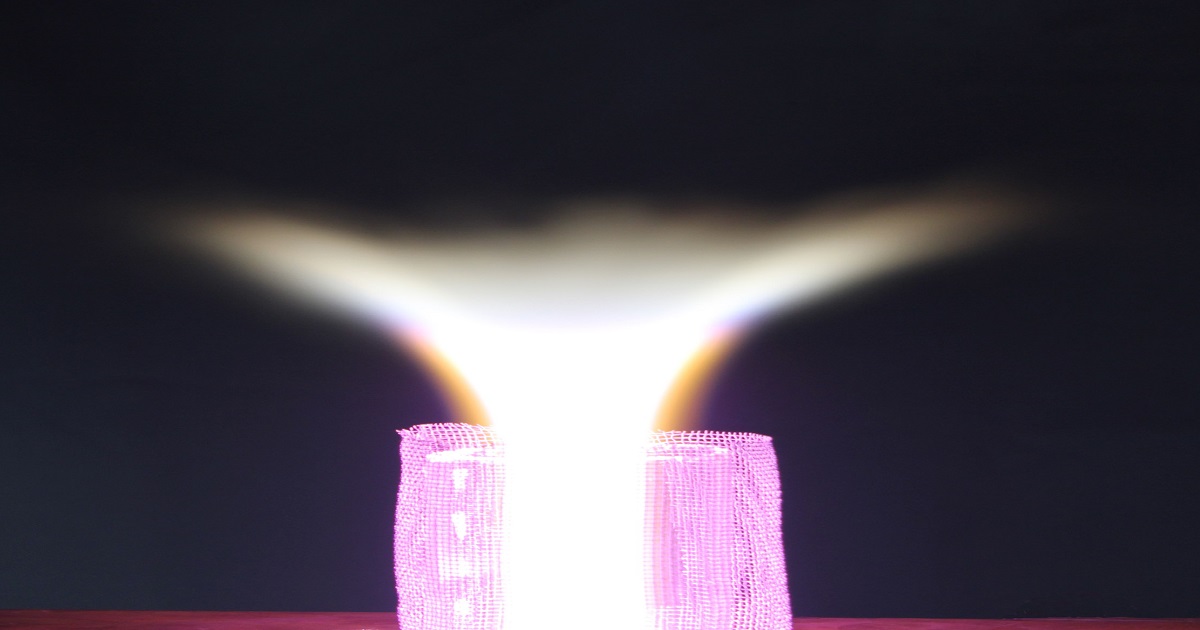Plasma: From Materials to Emerging Technologies II
A special issue of Applied Sciences (ISSN 2076-3417). This special issue belongs to the section "Applied Physics General".
Deadline for manuscript submissions: closed (25 November 2022) | Viewed by 3312
Related Special Issue: Plasma: From Materials to Emerging Technologies

Special Issue Editor
Interests: non-thermal plasma at atmospheric pressure—physics, chemistry, and environmental applications
Special Issues, Collections and Topics in MDPI journals
Special Issue Information
Dear Colleagues,
Interest in plasma as a tool used in various technological processes has been growing for several decades. This is because of the special advantage of plasma, namely in the immediate generation of chemically active radicals. Plasma also has other advantages that depend on its source, e.g., low or high temperature (dielectric barrier discharge vs. plasmatrons), large or small volume (electron beam chambers vs. microplasma), and high or low homogeneity (low pressure RF plasma vs. corona dicharge). It is no wonder that plasma is used in so many areas, starting with the synthesis of ozone, initiated by Werner von Siemens in 1857, through the activation of material surfaces and flow control by actuators and electrohydrodynamic pumps and to the latest applications related to medicine, environmental protection, and halting climate change. The aim of this Special Issue is to collect reports on the design and characterization of plasma methods that are or can be used in various types of technologies, especially those that solve contemporary problems regarding materials, energy, and the environment. Given that many plasma-based technologies are already applied in industry, we also welcome review papers examining their use.
Prof. Dr. Mirosław Dors
Guest Editor
Manuscript Submission Information
Manuscripts should be submitted online at www.mdpi.com by registering and logging in to this website. Once you are registered, click here to go to the submission form. Manuscripts can be submitted until the deadline. All submissions that pass pre-check are peer-reviewed. Accepted papers will be published continuously in the journal (as soon as accepted) and will be listed together on the special issue website. Research articles, review articles as well as short communications are invited. For planned papers, a title and short abstract (about 100 words) can be sent to the Editorial Office for announcement on this website.
Submitted manuscripts should not have been published previously, nor be under consideration for publication elsewhere (except conference proceedings papers). All manuscripts are thoroughly refereed through a single-blind peer-review process. A guide for authors and other relevant information for submission of manuscripts is available on the Instructions for Authors page. Applied Sciences is an international peer-reviewed open access semimonthly journal published by MDPI.
Please visit the Instructions for Authors page before submitting a manuscript. The Article Processing Charge (APC) for publication in this open access journal is 2400 CHF (Swiss Francs). Submitted papers should be well formatted and use good English. Authors may use MDPI's English editing service prior to publication or during author revisions.
Keywords
- plasma for surface modification
- plasma for nanomaterials
- plasma for nanoparticles
- plasma for the preparation of catalysts
- plasma production of chemicals
- plasma production of fuels
- plasma treatment of solid waste
- plasma treatment of waste water
- plasma treatment of flue gas
- plasma treatment of soil
- plasma for the elimination of odors
- plasma treatment of ballast water
- plasma treatment of biogas
- plasma treatment of biomass
- plasma for hydrogen production
- plasma for CO2 utilization
- plasma for the utilization of hazardous materials
- electrohydrodynamic pumps
- plasma actuators
- solution plasma
- plasma-assisted combustion
- electrostatic precipitation
Benefits of Publishing in a Special Issue
- Ease of navigation: Grouping papers by topic helps scholars navigate broad scope journals more efficiently.
- Greater discoverability: Special Issues support the reach and impact of scientific research. Articles in Special Issues are more discoverable and cited more frequently.
- Expansion of research network: Special Issues facilitate connections among authors, fostering scientific collaborations.
- External promotion: Articles in Special Issues are often promoted through the journal's social media, increasing their visibility.
- e-Book format: Special Issues with more than 10 articles can be published as dedicated e-books, ensuring wide and rapid dissemination.
Further information on MDPI's Special Issue policies can be found here.





